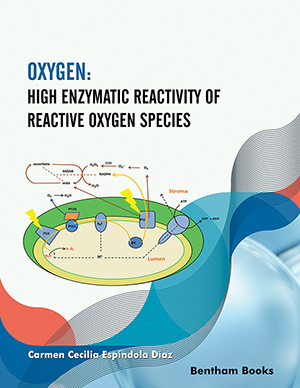Abstract
Earth's life depends mainly on the availability of oxygen in the terrestrial biosphere. Based on geochemical records of existing terrestrial oxides, oxygenic photosynthesis occurred in the cyanobacterial precursors approximately 2800 Ma ago. The oxygen level in the atmosphere is now 21%. The human cells use this oxygen to extract the necessary energy through mitochondrial respiration using the reactions of the redox system that involves the transfer of electrons, enzymatic agents, and reactive oxygen species, mainly superoxide radical (O.- 2), hydroxyl radical (.OH) and hydrogen peroxide (H2O2). The different reaction mechanisms from and to produce reactive oxygen species with their reaction constants in aquatic environments are presented here, as well as their production through the Fenton reaction. Oxidative stress is an imbalance between both normal oxygen-free radicals’ production and the cell's ability to detoxify it.
Keywords: Enzymatic Reactivity, Great oxidation event-GOE, Hydrogen peroxide (H2O2), Hydroxyl radical (.OH), Lipid peroxidation, Oxygenic photosynthesis, Reactive oxygen species in aquatic environments, (ROS), ROS cytotoxicity, Superoxide anion (O.- 2).






















